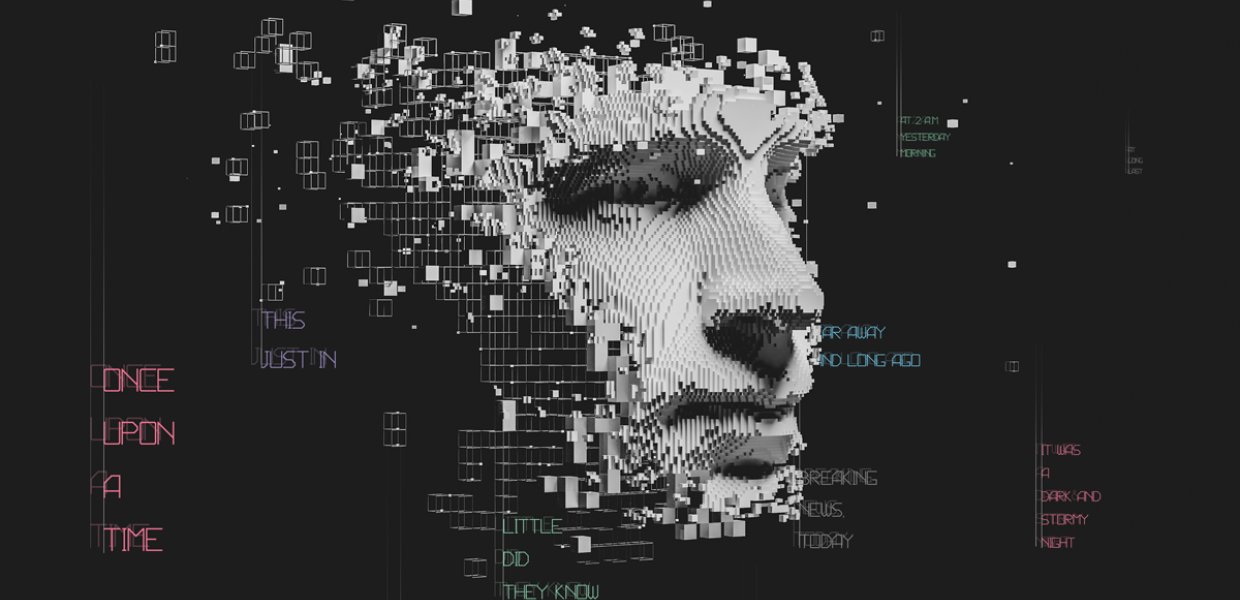In 2017, New Scientist published a story about how long it would take for artificial intelligence (AI) to surpass human intelligence. The article was shared through a tweet that read: “AI will be able to beat us at everything by 2060, say experts.”
“Probably closer to 2030 to 2040 in my opinion, 2060 would be a linear extrapolation, but progress is exponential,” responded Tesla co-founder Elon Musk. What Musk didn’t know is that the initial tweet had been generated by Echobox, an AI-management tool that chose the article and shared it at a time that would maximize traffic for New Scientist’s website.
Studies on how AI is affecting the world of communications have shown that this technology is helping PR practitioners monitor social media, identify industry trends and predict reputational crises. A study conducted by the Chartered Institute for Public Relations stated that 41% of the skills needed to practice public relations are currently supported by some form of AI. This is not necessarily a bad thing. Some researchers say that the automation of repetitive tasks will allow PR professionals to focus on innovation and creativity.
But what if we automate our ability to tell stories? Will a machine be able to produce a narrative with the same thought and care that a communication professional can? Not necessarily — but AI can certainly help us create more meaningful stories.
In recent years, AI models have become dramatically better at delivering human-like pieces of writing. In its first year, The Washington Post’s robot writer Heliograf produced about 850 articles, including 500 pieces about the 2016 election that generated more than 500,000 views. This is 75% more than what the Post’s staff generated in 2012. Other robots assisting the newsrooms are Forbes’ management system, Bertie; Bloomberg’s reporter, Cyborg; and the Wordsmith platform used by the Associated Press. These AI-machines can report industry trends, corporate earnings and sports results in seconds. But they often follow the same format and offer little emotional pull.
Recent language models like the “Neural Storyteller” developed by machine learning researchers Jamie Kiros and Samim Winiger, and Open AI’s “GPT-2” model offer a glimpse into a more exciting field: storytelling. These models have been trained on various sources, including Taylor Swift’s lyrics and romance novels. The results are hilarious — and sometimes nonsensical — works that depict what storytelling will look like in the future: challenging, experimental and fun.
In 2017, MIT Media Lab and the global management consulting firm McKinsey & Company used machine learning to analyze the emotional arc of a movie and predict how engaging it would be. This breakthrough technology will soon “supercharge” storytellers to help them tell meaningful stories in an already-saturated digital world.
Algorithms can efficiently extrapolate information from past creations and predict what stories will work and which ones will not. But they lag behind human creativity when it comes to original thinking. Machine learning algorithms rely on vast amounts of data to identify patterns but they can’t predict when these patterns will change, a crucial component of creative thinking.
The element of surprise in storytelling still depends on our capacity, as communicators, to link an organization’s goals with enduring aspects of human nature. Our ability to tell stories will grow more dependent on AI tools that have the power to offer relevant insights we wouldn’t otherwise know. To thrive in the age of artificial intelligence, PR practitioners must cultivate our ability to understand this technology and embrace it as a creative partner that will help us connect with others in a more meaningful way.
Manuelita Maldonado earned a master’s in strategic public relations in 2020. This essay was originally published in the USC Center for Public Relations’ 2020 Relevance Report, which identifies emerging issues and forecasts topics and trends impacting society, business and communications.
